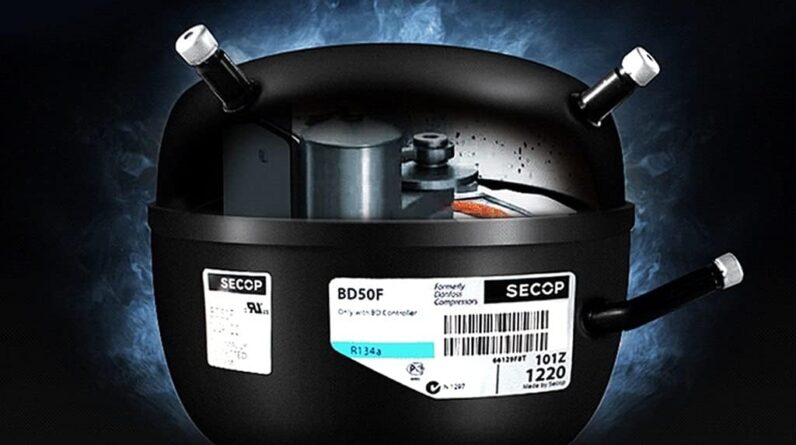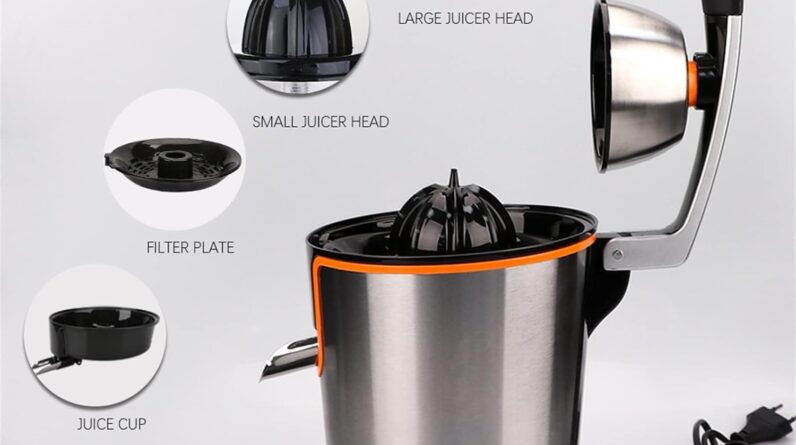
Are the clanging and banging sounds coming from your washing machine driving you crazy? You’re not alone! In this article, we’ll provide you with some handy tips on how to troubleshoot and fix that noisy washing machine. Whether it’s a simple adjustment or a more complex issue, we’ve got you covered. So sit back, relax, and get ready to say goodbye to those irritating noises once and for all!
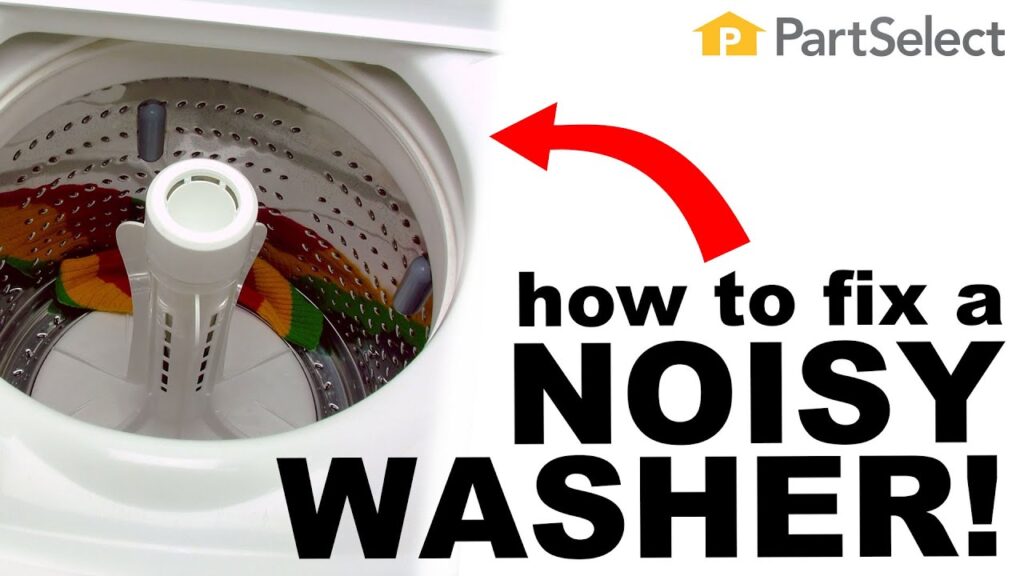
Checking for Leveling Issues
Inspecting the Load Distribution
When your washing machine starts making noise, one of the first things you should check is whether it is properly leveled. An unbalanced load or an uneven distribution of clothes inside the drum can cause excessive shaking and noise during the wash cycle. To inspect the load distribution, start by emptying the machine and then load it with a small number of similarly sized items. Run a test cycle and closely observe the drum’s movement. If it spins smoothly without any noise or excessive vibrations, the load distribution is likely not the culprit.
Adjusting the Leveling Feet
If you notice that the washing machine is still making noise even with a properly distributed load, it’s time to examine the leveling feet. These adjustable feet help stabilize the machine and ensure it is evenly balanced. Start by unplugging the machine and carefully pulling it away from the wall. Locate the leveling feet at the bottom of the machine and check for any visible damage or wear. If everything looks intact, use a wrench or pliers to adjust the feet until the machine is level. Test it again to see if the noise has been resolved.
Examining the Suspension Springs
Checking for Damaged or Broken Springs
Suspension springs play a crucial role in keeping the drum balanced and minimizing excessive vibrations. Over time, these springs can become damaged or even break, causing the washing machine to make noise during operation. To check the condition of the suspension springs, you’ll need to access the back of the machine. Carefully remove the back cover and inspect the springs for any signs of damage, such as cracks or stretching. If you find any issues, it’s best to replace the springs with new ones to ensure optimal performance and reduce noise levels.
Replacing the Suspension Springs
If you have determined that the suspension springs are damaged or broken, it’s important to replace them promptly. Start by unplugging the washing machine and removing the back cover to access the springs. Use a wrench or pliers to disconnect the damaged springs from their mounting points. Take note of the specific position and orientation of each spring before removing it to ensure proper installation of the new springs. Install the replacement springs in the same position and reconnect them securely to the mounting points. Once the new springs are in place, replace the back cover and test the machine for noise reduction.
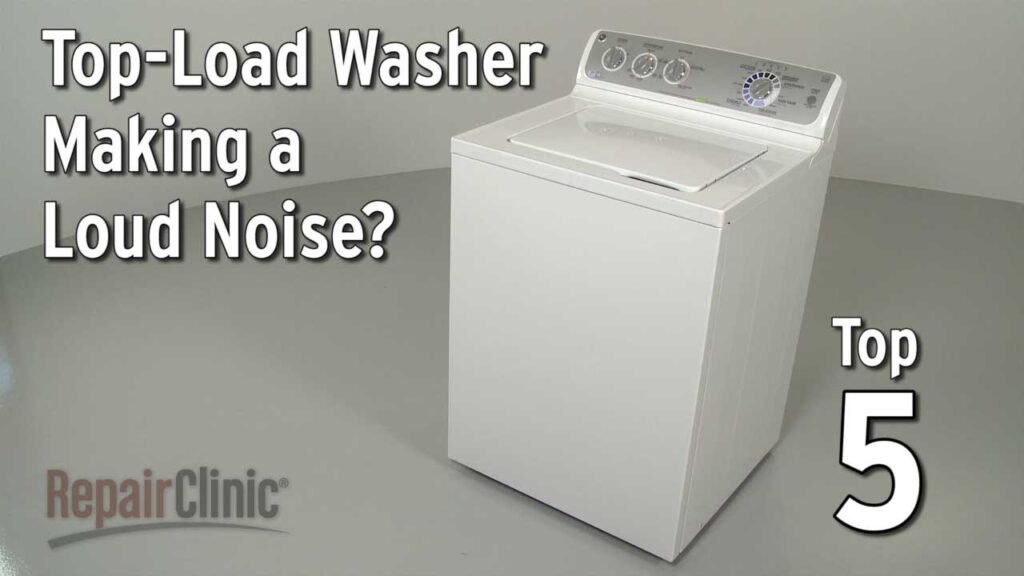
Verifying the Balance Ring
Ensuring the Balance Ring is Intact
The balance ring is a component located at the top of the drum in some washing machines. Its purpose is to stabilize the drum during spin cycles, reducing noise and vibrations. To verify if the balance ring is intact, you will need to remove the top or front panel of the washing machine. Once you have access to the drum, visually inspect the balance ring for any signs of damage or leaks. If the ring appears cracked or leaking, it may be causing the noise issue and should be repaired or replaced.
Repairing or Replacing the Balance Ring
If you have determined that the balance ring is damaged or leaking, it’s essential to address the issue to restore the quiet operation of your washing machine. Repairing the balance ring may involve applying a specialized adhesive to seal any cracks or leaks. However, if the damage is extensive, it may be necessary to replace the entire balance ring. Consult your washing machine’s user manual or contact a professional technician to guide you through the repair or replacement process.
Inspecting the Tub Bearing
Identifying Signs of Worn-out Tub Bearings
Tub bearings are responsible for allowing the drum to rotate smoothly during the wash cycle. Over time, these bearings can wear out, leading to noise and vibrations. To inspect the tub bearings, you’ll need to remove the agitator or drum, depending on the type of washing machine you have. Visually examine the bearings for any signs of wear, such as rust, discoloration, or excessive play. If the bearings are causing the noise, it’s crucial to replace them to restore the smooth operation of your washing machine.
Replacing the Tub Bearings
Replacing tub bearings can be a more complex task, as it often requires disassembling the washing machine and accessing the inner components. It’s advisable to consult your washing machine’s user manual for specific instructions on how to replace the tub bearings. If you are not confident in your DIY skills, it’s best to contact a professional technician who can safely and efficiently replace the bearings for you. By replacing worn-out tub bearings, you can eliminate the noise and enjoy a quieter laundry experience.
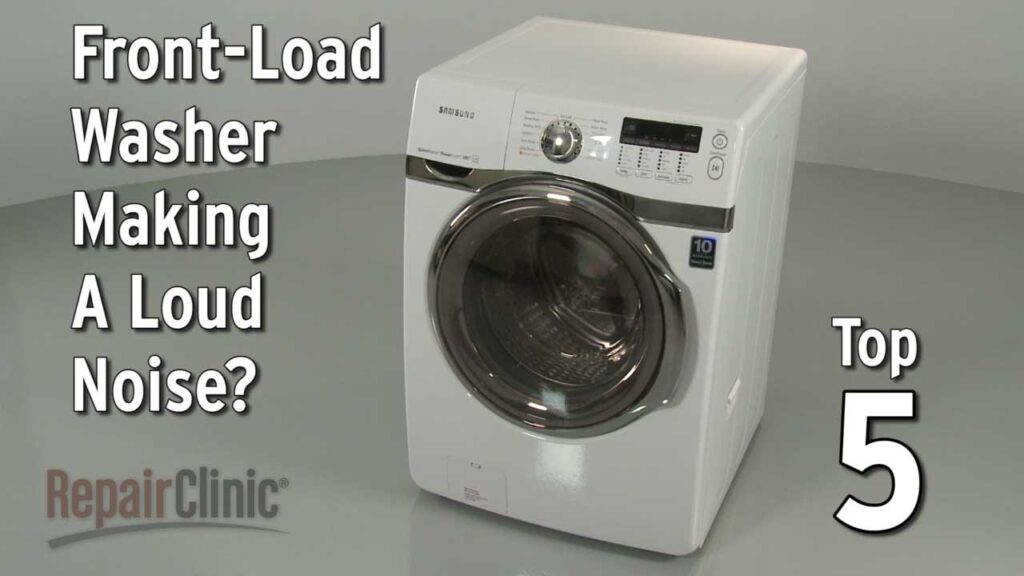
Checking for Loose Hoses
Tightening Connections
Loose or improperly connected hoses can contribute to noise issues in a washing machine. Before jumping to more complex solutions, start by inspecting and tightening the connections of the water inlet and drain hoses. Carefully pull the washing machine away from the wall to gain access to the hoses. Check if any connection points are loose or if there are any visible signs of leakage. Use adjustable pliers or a wrench to tighten the connections securely. Once all the hoses are properly tightened, run a test cycle to see if the noise problem has been resolved.
Replacing Worn-out or Damaged Hoses
If you’ve tightened all the connections but the washing machine is still making noise, it’s important to examine the condition of the hoses themselves. Over time, hoses can become worn out, cracked, or damaged, leading to water leakage and noise. Inspect the hoses thoroughly, looking for any signs of wear or damage such as bulging or cracks. If you discover any issues, it’s crucial to replace the hoses with new ones to prevent further damage, noise, and potential water leakage.
Examining the Drive Belt
Checking for Signs of Wear or Damage
The drive belt is responsible for transferring power from the motor to the drum, allowing it to rotate. Over time, the belt can become worn out or damaged, resulting in noise during operation. To inspect the drive belt, you’ll need to access the back or bottom of the washing machine, depending on the model. Carefully remove the cover and visually examine the belt for any signs of wear, fraying, or cracking. If you notice any issues with the drive belt, it’s necessary to replace it for optimal performance and noise reduction.
Replacing the Drive Belt
Replacing the drive belt is a relatively straightforward task, but it may vary depending on the specific washing machine model. Start by unplugging the machine and removing the cover to access the drive belt. Release the tension on the belt by either loosening the motor or adjusting a tensioning bolt, depending on the design. Carefully remove the old belt and take note of its path around the pulleys. Install the new drive belt, making sure it follows the same path as the old one. Adjust the tension and secure the belt in place. Finally, replace the cover and test the machine for noise improvement.

Inspection of the Motor Coupling
Identifying Faulty or Broken Motor Couplings
Motor couplings are small, rubber or plastic components that connect the motor to the transmission in a washing machine. These couplings can wear out or break over time, causing noise and other issues. To inspect the motor couplings, you’ll need to access the motor and transmission area of the machine by removing the back or front panel. Visually inspect the couplings for any signs of wear or damage, such as cracks or separation. If you notice any faults in the motor couplings, they should be replaced to restore the smooth and quiet operation of your washing machine.
Replacing the Motor Coupling
If you have determined that the motor couplings are the source of the noise, replacing them may be necessary. Start by unplugging the washing machine and accessing the motor and transmission area by removing the appropriate panel. Carefully disconnect the old couplings from both the motor and the transmission. Install the new motor couplings, ensuring they are securely seated in place. Reattach the panels and plug in the machine to test for noise reduction. If the noise persists, it might be necessary to further troubleshoot the issue or contact a professional technician for assistance.
Verifying the Damper Pads
Checking for Worn-out or Misaligned Damper Pads
Damper pads, also known as shock absorbers, help reduce noise and vibrations by providing cushioning between the washing machine’s drum and chassis. Over time, these pads can become worn out or misaligned, resulting in excessive noise during operation. To inspect the damper pads, you will need to access the bottom or rear of the washing machine by removing the appropriate panels. Visually examine the pads for any signs of wear, deformation, or misalignment. If you notice any issues, it’s important to replace the damper pads to improve the machine’s stability and reduce noise.
Replacing the Damper Pads
Replacing damper pads typically requires removing the rear or bottom panels of the washing machine to access the dampers. Consult your washing machine’s user manual for specific instructions on how to replace the damper pads for your particular model. If you are unsure or uncomfortable performing the task yourself, it’s recommended to seek professional help. A qualified technician can replace the worn-out or misaligned damper pads efficiently and ensure the optimal performance of your washing machine.
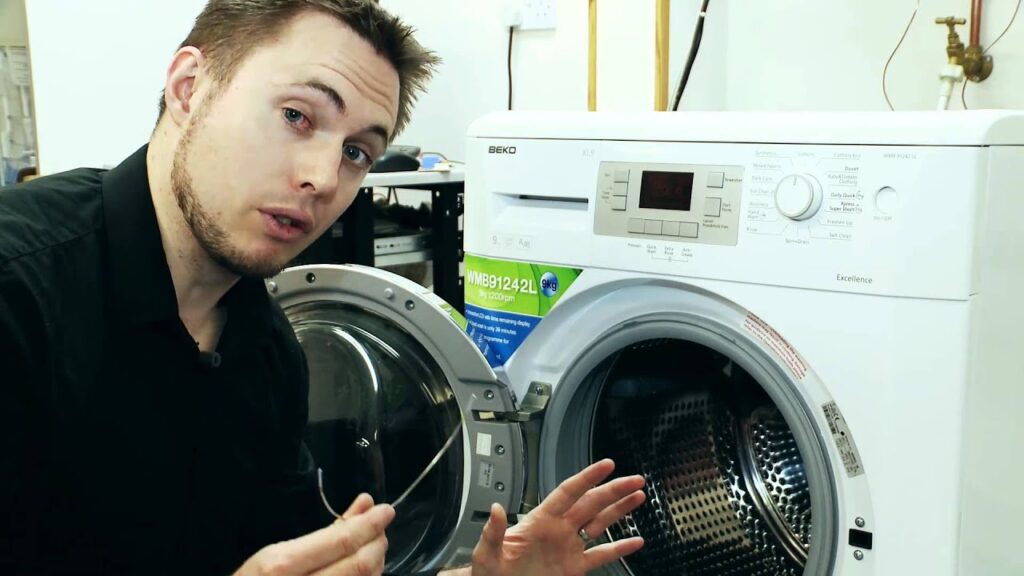
Examining the Drain Pump
Clearing Debris from the Pump
A noisy washing machine may also be caused by a clogged or malfunctioning drain pump. To inspect the drain pump, start by disconnecting the machine from the power source and accessing the pump area. Depending on the model, you may need to remove the bottom or rear panel of the washing machine. Once you have access to the pump, carefully inspect it for any debris or obstructions. Clear any clogs or foreign objects that may be obstructing the pump’s functionality. Cleaning the drain pump can solve noise issues if the cause was a blockage interfering with its operation.
Replacing a Faulty Drain Pump
If you find that the drain pump is damaged or not functioning correctly even after clearing any debris, it may be necessary to replace the pump entirely. Begin by unplugging the washing machine and accessing the pump area. Detach the hoses connected to the pump, ensuring you have a towel or container to catch any excess water. Carefully remove the old pump, taking note of its position and orientation. Install the new drain pump, reconnect the hoses securely, and ensure there are no leaks. Replace the panel and test the washing machine to confirm noise reduction.
Checking for Loose or Damaged Parts
Inspecting for Loose Screws or Bolts
Loose screws or bolts can contribute to the noise issues in a washing machine. Start by turning off and unplugging the machine. Carefully inspect the machine’s exterior and interior for any loose or missing screws or bolts. Pay close attention to areas such as the front and top panels, control knobs, and any visible brackets or fasteners. Use a screwdriver or appropriate tool to tighten any loose screws or bolts securely. Ensuring that all components are properly tightened can eliminate noise caused by loose parts.
Replacing Damaged Components
During the inspection for loose screws or bolts, you may also come across damaged components that could be responsible for the noise in your washing machine. If you spot any cracked panels, broken brackets, or visibly damaged parts, it’s crucial to replace them. Contact the manufacturer or a professional technician to obtain the necessary replacement parts and follow the instructions for proper installation. Replacing damaged components will help restore the quiet operation of your washing machine and extend its lifespan.
By systematically checking and addressing the potential issues outlined above, you can troubleshoot a noisy washing machine effectively. Remember to always prioritize safety and consult professional help if you are unsure or uncomfortable with performing any repairs or replacements. A well-maintained and properly functioning washing machine will not only reduce noise but also ensure your laundry experience is efficient and hassle-free.


